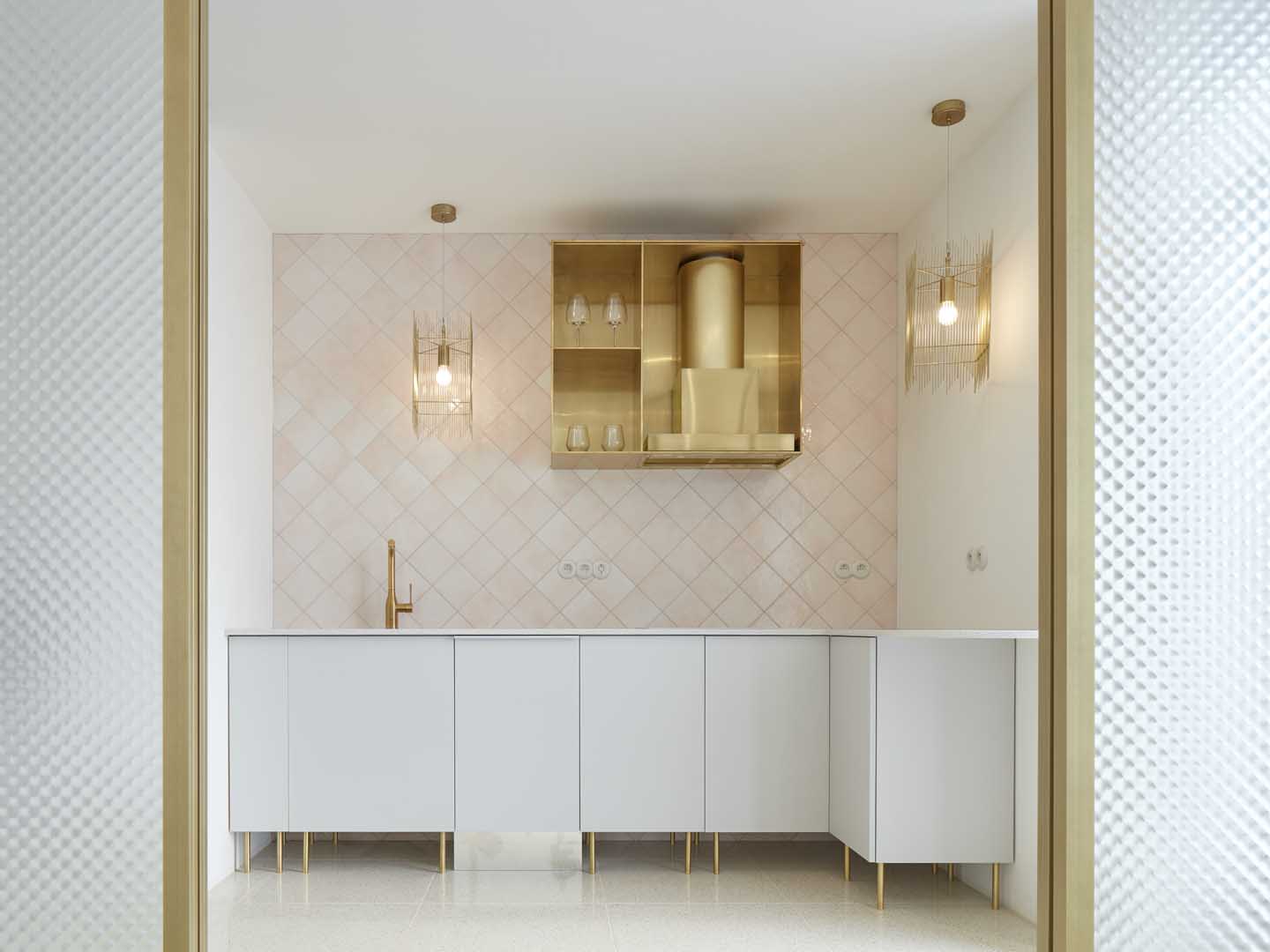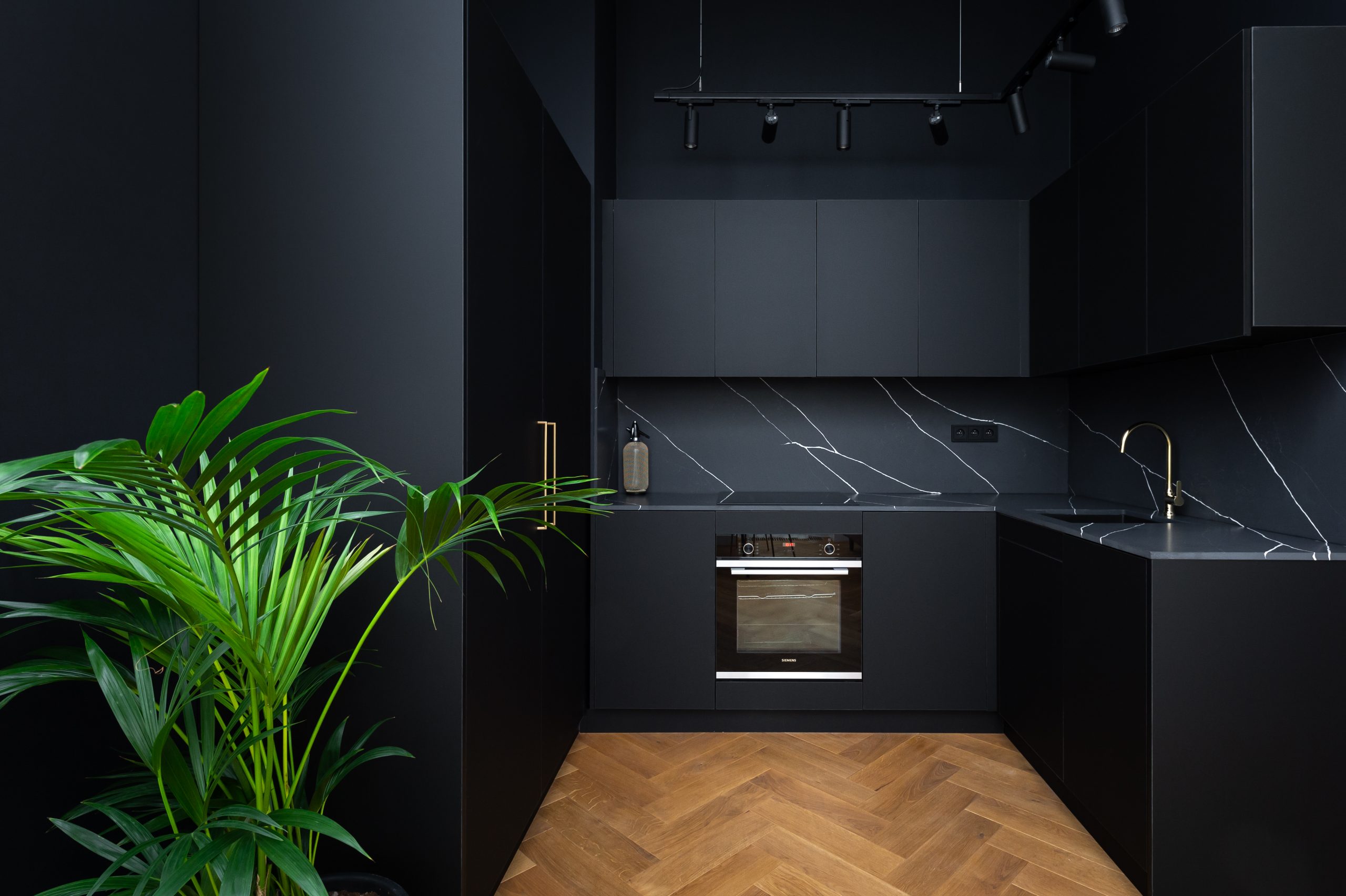
Trends in Living — Why Not Try Japandi Style?
Harmony of form and function, aesthetic pleasure from one’s living space, and an emphasis on natural elements and comfort. These are what distinguishes the “Japandi” style, which has taken interior design and Instagram by storm. Anyone can have it at home. How to do that?
Where Does Japandi Style Come From?
Japandi style, which in recent years has rocked the world of interior design, began as a combination of Japanese and Scandinavian style. The common signs of the two styles are their functionality, clean lines, and their emphasis on simplicity and quality craftsmanship. They don’t demand a strictly minimalist interior, but they don’t call for a lot of accessories, either.
Low tables where one sits on tatami mats, and room dividers and screens made of rice paper are typical of Japanese interiors. Natural materials like wood and bamboo are basic to the style, along with stone. We can’t forget to mention the approach to life that the Japanese call wabi-sabi, which stresses that beauty is found in imperfection.
Scandinavian interiors strive for “hygge” — a feeling of cosiness, in which one can be comfortable. Lighted candles, the scent of tea wafting from a mug, and a fluffy blanket lying on a couch that invites us to snuggle. Here again we find well-crafted wood, but also colours and decorations that keep an interior from being impersonal.
Japandi style joins both of these approaches and the result is a living space that may look modest and minimalist, but is at the same time comfortable and natural.
How to Bring Japandi Style into Your Home
The rooms in the accompanying photographs, decorated in Japandi style, look neat and airy. At second glance they are also comfortable and well-adapted to the lifestyles of their owners. The Japandi style is exactly the kind of home in which most of us would be happy to live: without unnecessary things, personal, functional, and comfortable. What should you concentrate on if you want to create such an interior?
Minimalism, Clean Lines, and Simplicity
The basic principles of minimalism are simplicity and functionality, which go to the heart of things. Focus on elements that are aesthetically pleasing, but are highly functional at the same time. Examples are low chests of drawers with a simple design, where you can hide things away and thereby preserve the airiness of an interior.
The ideal of Japandi is a home without the presence of unneeded objects. A famous pioneer of organizing the home is Marie Kondo, who is a native of Japan. If your family’s lifestyle does not allow for true minimalism, try to store your things so that they are not constantly visible. Storage areas with various baskets and boxes serve that purpose well. Simplify your home as much as you need to in order to live well in it.
Natural Materials
Get a piece of furniture made from untreated wood or bamboo to bring a bit of nature into your house. The most popular kinds of wood are oak and birch. The Japanese like to stain them with a dark colour, or on the other hand, a red one.
You don’t have to limit natural materials to wood, however. Both natural and engineered stone are interesting additions to an interior. A slab of TechniStone® engineered stone is great as a countertop in the kitchen, but we can also make it into a coffee table that will give your living room a distinctive touch. You can choose a light shade for the Japandi style, like Brilliant White, Noble Supreme White, or Crystal Calacatta Silva, or you can go with a dark color like Noble Imperial Grey or Gobi Black to make your tabletop the focal point of the room. TechniStone® is a material that will maintain its high quality for many long years.
Keep to natural materials even in your decorations. Instead of a large number of souvenirs, set out two or three special pieces that will give your living space an individual character. Don’t forget about plants. They add colour, airiness, and style to your interior. Cultivating bonsai can become a new hobby. A hanging kokedama — a moss ball from which an ornamental plant grows — is a non-traditional decoration that will surprise more than one visitor to your home.
Interesting Textures
Although the Japandi style may seem severe at first glance, its basic aim is comfort. You should not be hesitate to put in upholstered furniture, curtains, and pillows, but stick with natural materials like cotton and wool. To create a cosy environment, pay attention to the texture of the materials. With an interesting structure you can use subdued colours and still make your interior interesting.
It’s the same way with light. If you can, give preference to natural light. If you have to use artificial light, avoid sharp lines and use shades that soften and diffuse the light.
Neutral Colours and Contrasting Hues
In a Japandi interior, use muted shades and lighter colours — white, grey, natural wood or bamboo. Complement them with a contrasting hue, whether it’s black or anthracite, an extravagant red, or a dark blue.
Quality over Quantity
Sustainability has become the byword of the modern world, and in the home as well. If you decide to go with the Japandi style, you won’t need a lot of furniture, so you can afford higher quality, more expensive pieces. That means custom-made furniture is more of a possibility, along with other designer features.

A minimalist interior, typical of the Japandi style that is popular with influencers. The sterile whiteness of Tereza Salte’s kitchen is tastefully interrupted by the island’s countertop made from TechniStone® engineered stone in Poetic Black.

The Japanese and Scandinavian styles meet in simplicity and functionality. Natural wood is paired here with engineered stone in Starlight White.

The natural texture of wood makes any space hospitable. White kitchen cabinets shine along with a countertop from TechniStone® engineered stone in the gentle shade of Noble Quartzite.

The Japandi style works with bathrooms as well. The subtle and luxurious decor of Noble Quartzite underscores the airiness of this space.

Muted tones, a minimum of accessories, and plenty of green plants — the Japandi style can look like this too. TechniStone® engineered stone in Noble Villa really suits this bathroom.









